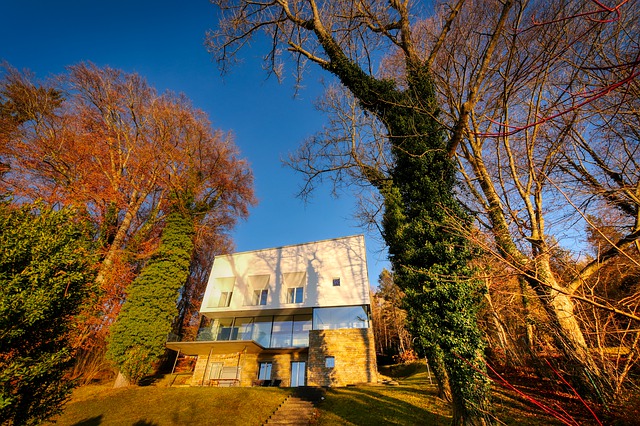Introduction
Heating a swimming pool is essential for maintaining a comfortable water temperature, especially during colder months or in regions with cooler climates. In this article, we will explore various methods and techniques for effectively heating a swimming pool.
1. Solar Heating
Materials used: Solar panels, circulation pump, filter, and control system.
Solar heating is an eco-friendly and cost-effective method to heat a swimming pool. Solar panels, typically installed on the roof or nearby, absorb sunlight and transfer the heat to the pool water. A circulation pump pushes the water through the solar panels, where it gets heated before returning to the pool. A filter removes any debris, ensuring clean water circulation. A control system regulates the temperature and flow of water.
2. Heat Pumps
Materials used: Heat pump unit, circulation pump, filter, and control system.
Heat pumps extract heat from the surrounding air, even in cooler temperatures, and transfer it to the pool water. These systems work similarly to air conditioning units but in reverse. The heat pump unit uses electricity to compress and heat the refrigerant, which then transfers the heat to the pool water through a heat exchanger. A circulation pump, filter, and control system are also essential components of a heat pump system.
3. Gas Heaters
Materials used: Gas heater unit, gas supply, circulation pump, filter, and control system.
Gas heaters are a popular choice for quickly heating swimming pools. They use natural gas or propane to generate heat, which is then transferred to the pool water. Gas heaters are efficient and can heat the pool regardless of the outside temperature. A gas heater unit, gas supply, circulation pump, filter, and control system are necessary components for a gas heating system.
4. Electric Resistance Heaters
Materials used: Electric heater unit, electrical supply, circulation pump, filter, and control system.
Electric resistance heaters use electric currents to generate heat, which is then transferred to the pool water. These heaters are easy to install and can quickly heat the pool. However, they can be more expensive to operate compared to other heating methods. An electric heater unit, electrical supply, circulation pump, filter, and control system are required for an electric resistance heating system.
5. Pool Covers
Materials used: Pool cover (solar or thermal).
Using a pool cover is an effective way to retain heat and minimize heat loss from the pool. Solar pool covers are made of a special material that absorbs sunlight and transfers heat to the water. Thermal pool covers, on the other hand, act as insulation, preventing heat loss through evaporation. Both types of covers can significantly reduce heating costs and maintain the pool’s temperature.
Conclusion
Heating a swimming pool can be achieved through various methods, each with its advantages and considerations. Solar heating offers an eco-friendly and cost-effective solution, while heat pumps, gas heaters, and electric resistance heaters provide different options based on energy sources and efficiency. Additionally, using pool covers can help retain heat and reduce heat loss. Choosing the most suitable method depends on factors such as budget, climate, and personal preferences.
References
1. poolheatpumps.com
2. solarswim.com
3. hayward-pool.com
4. pentair.com
5. swimuniversity.com













